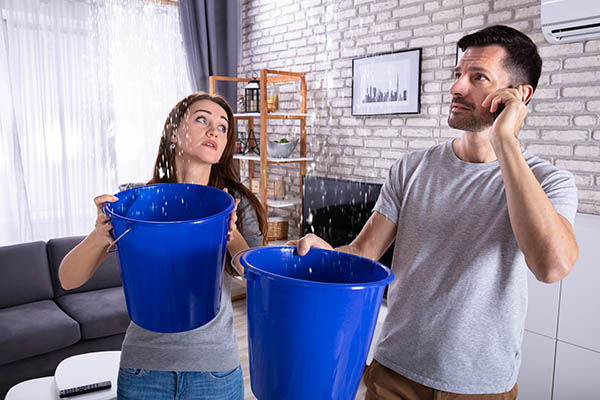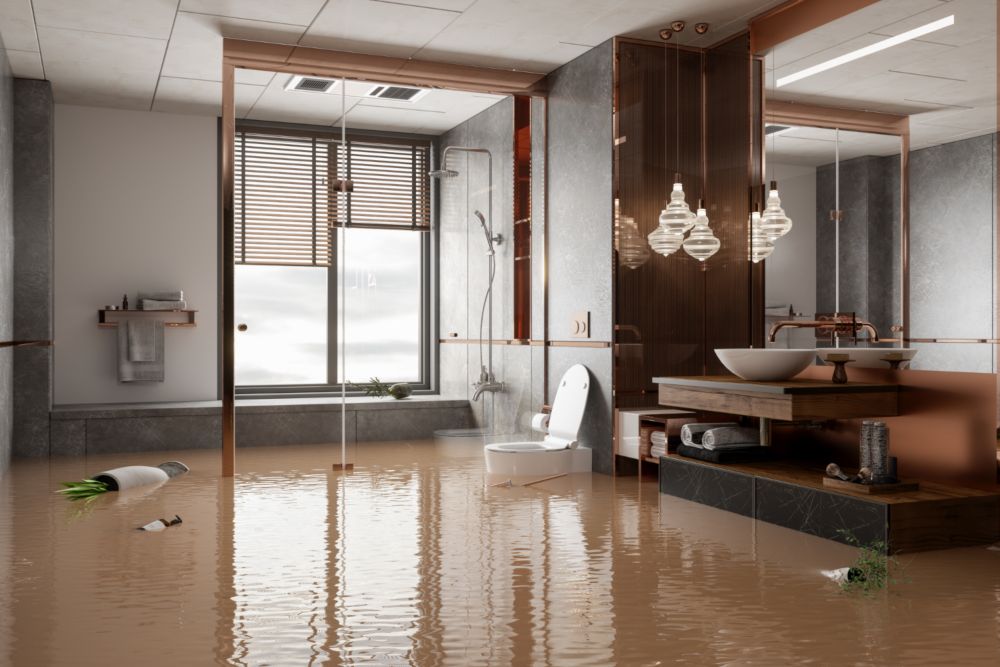Emergency Situation Water Damages Reconstruction: Swift Action to Minimize More Damages
Water damages can strike suddenly and leave devastating results on homes and services. When encountered with such a situation, a speedy reaction is crucial to reduce further damages and stop prospective carcinogen. What exactly does emergency situation water damages remediation involve? In this discussion, we will explore the value of prompt activity, the evaluation process, the actions associated with water extraction and drying out, mold and mildew prevention and removal, and eventually, the restoration of the damaged area. By recognizing the urgency and extensive nature of this process, you will certainly obtain valuable understandings into exactly how professionals tackle emergency situation water damages, making certain a swift and efficient reaction.
Importance of Swift Response
Swift action is of utmost significance in water damage remediation to minimize additional damages and alleviate potential risks. The longer water rests in a building, the more damages it can cause.
One of the main reasons speedy action is necessary in water damage remediation is to stop the development of mold and mildew and mildew. Mold and mildew can begin to grow within 24 to two days of water direct exposure, and when it holds, it can spread swiftly throughout the damaged area. Mold not just causes further damages to the structure of the building however likewise poses health and wellness dangers to residents. By reacting swiftly, experts can thoroughly dry out the area and hinder the development of mold, lessening the requirement for substantial remediation and ensuring the safety and security of those entailed.
Water damage can be devastating, especially when it affects individual items of monetary or emotional value. Performing quickly enables experts to examine the damages and apply proper remediation techniques to recover as much as possible.
Evaluating the Degree of Damages

During the analysis, reconstruction specialists extensively examine the afflicted area to recognize visible indications of damages, such as water discolorations, distorted materials, and mold development. They additionally make use of specialized equipment to identify hidden damages, such as moisture meters and thermal imaging cams. This detailed assessment permits them to accurately figure out the degree of the damages and create a tailored reconstruction plan.
Evaluating the level of water damage is important because it assists professionals prioritize their efforts. They can determine areas that require immediate interest, such as standing water elimination and drying, to prevent more damages and lessen the threat of mold and mildew growth. They can likewise identify the locations that require fixings or replacement, guaranteeing that no damages goes unnoticed or untreated.

Water Extraction and Drying Out Refine
The water extraction and drying procedure is a vital action in water damage remediation, as it entails the elimination of excess water and the detailed drying out of the affected area to avoid additional damages visit our website and minimize the risk of mold and mildew development. After assessing the level of the water damage, the following action is to draw out the water from the afflicted location. This is commonly done using specialized equipment such as vacuums, pumps, and dehumidifiers. These tools are developed to effectively and properly read this article eliminate water from different surface areas, including walls, carpetings, and floorings.
This action is important in stopping additional damage, such as structural damage and the growth of mold and mildew. The drying process might take several days, depending on the extent of the water damage and the materials involved.
It is essential to make sure that the afflicted area is totally dry before waging any type of fixings or repair. Failing to extensively dry out the location can cause long-lasting problems, consisting of damaged structures, moldy smells, and the development of mold and mold. As a result, professional water damage repair firms utilize wetness detection equipment to guarantee that the affected location is totally dry before continuing to the next step.
Mold And Mildew Prevention and Removal
Reliable mold avoidance and remediation are crucial in water damages remediation to make certain the security and honesty of the afflicted location. water damage restoration philadelphia. When water damage occurs, whether from a ruptured pipe, flooding, or a leaking roof, it produces a perfect setting for mold development. Mold and mildew can start to create within 24 to two days after water damage, and if left without treatment, it can spread quickly and cause significant health risks
To stop mold and mildew development, it is vital to deal with water damages promptly. The very first step is to identify and repair the resource of the water intrusion. As soon as the source is repaired, the afflicted location should be thoroughly dried to avoid dampness check my site from sticking around. This may involve making use of dehumidifiers, air movers, and other specific devices to get rid of excess dampness from the air and surface areas.
In cases where mold growth has currently taken place, removal is essential to remove the mold and mildew and stop its return. This involves the careful elimination and disposal of afflicted materials, such as drywall or carpet, to ensure that all traces of mold are eliminated. It is necessary to note that mold removal need to be performed by specialists that have the necessary training and equipment to safely remove and deal with mold.
Restoring the Affected Area

To start with, it is necessary to completely dry out the location to avoid any type of more damages and to inhibit the growth of mold and mildew and mold. This might entail making use of specialized drying equipment, such as dehumidifiers and industrial-grade fans, to remove all moisture from the affected surfaces.
Once the location is entirely dry, the reconstruction procedure can begin. This may involve fixing or changing damaged structural elements, such as ceiling, flooring, or drywall tiles. It is important to deal with any underlying issues that might have created the water damage, such as leaky pipelines or damaged pipes, to stop future events.
Furthermore, restoring the afflicted area might likewise include repainting wall surfaces, replacing damaged components, and completely cleaning and disinfecting the room. This makes certain that not only is the area structurally audio, however it is also cosmetically pleasing and risk-free for occupancy.
Verdict
Evaluating the extent of damage enables for reliable water extraction and drying out procedures to be carried out. In general, prompt action and complete repair actions are key to mitigating the adverse impacts of water damage.
Swift action is of utmost importance in water damage remediation to reduce more damages and minimize possible risks.Throughout the analysis, reconstruction professionals thoroughly analyze the afflicted location to recognize noticeable indicators of damages, such as water discolorations, warped materials, and mold growth.The water extraction and drying process is an essential step in water damage remediation, as it includes the removal of excess water and the complete drying out of the afflicted location to stop additional damages and mitigate the threat of mold and mildew development. After analyzing the level of the water damages, the following action is to draw out the water from the afflicted area.Effective mold avoidance and removal are critical in water damages reconstruction to make certain the safety and security and honesty of the afflicted area.